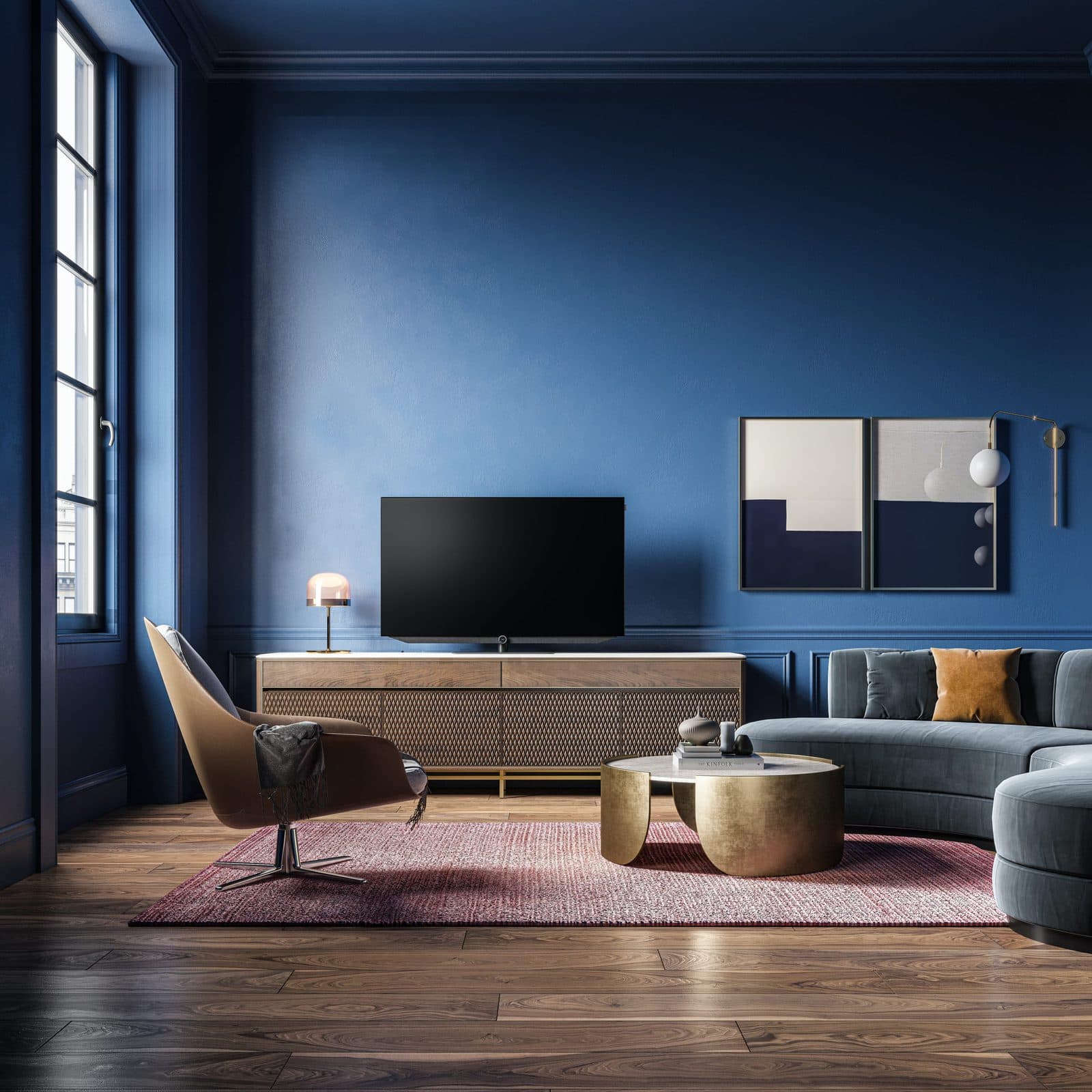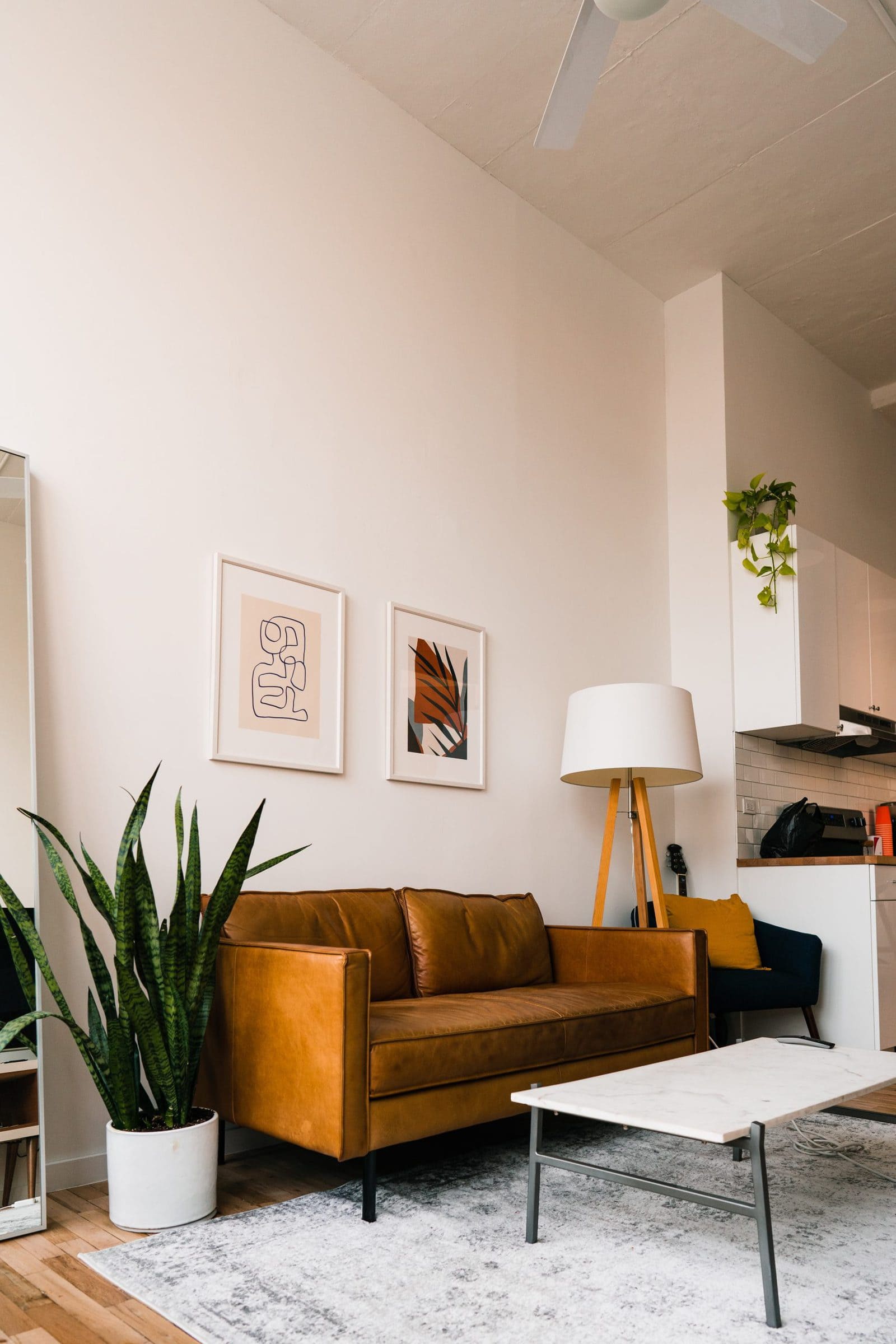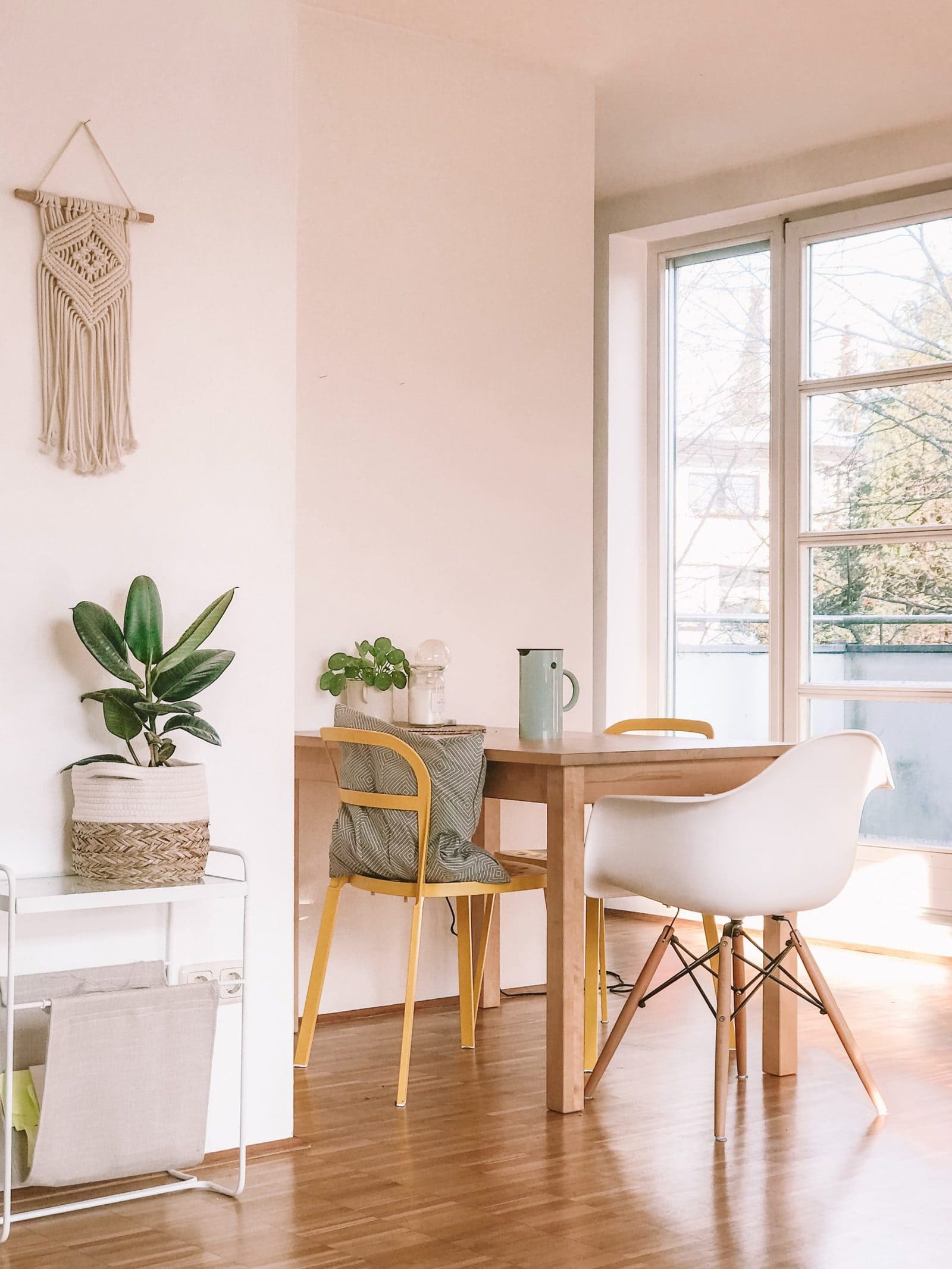Pros and Cons of Painting the Ceiling the Same Color as the Walls
One of the best things about paint is that there are no rules.
If you’re redoing a room and are sick of standard white ceilings, you can paint them a different color and transform your room’s look.
One popular option is to paint your ceiling the same color as your walls. If you’re considering this style, here’s what you need to know.
Pros of Painting Your Ceiling and Walls the Same Color

Painting your ceiling the same shade as the wall is a bold move, especially if you’re using a dark color. However, for the right space, it has many design benefits.
Here are the pros of painting your ceiling the same color as the wall.
Makes Your Ceilings Look Higher
If your goal is to make your ceilings look higher, painting your walls and ceilings the same shade is a great way to do so. This method works even better if you already have crown molding on the wall.
It creates a seamless look that draws the eye up.
However, this works best when you use a light paint color. Lighter colors are better at bouncing around natural light and create an illusion of a larger space.
Makes Angled Ceilings Look Less Choppy
It’s not a secret – angled ceilings sometimes look choppy, especially when they are low.
Painting your wall and angled ceiling the same color create a seamless look, so the eyes aren’t drawn to the choppy ceiling.
Makes Large Rooms Feel Cozier
If you have a huge room that feels empty, painting the walls and ceiling the same color can make it feel more luxe and cozy. For this look, using dark paint works the best.
You’ll Avoid Clashing Undertones
If you’ve ever shopped for white paint, you know it’s challenging to find a white that matches all paint tones. Because most whites aren’t true whites. Instead, once on the wall or ceiling, they often look yellow or pink.
You don’t have to worry about clashing undertones when you use the same color for the wall and ceiling.
You Can Create a Backdrop for Other Features
If you’re looking for a way to make an element in your room pop, painting your wall and ceilings a contrasting color can do so.
For example, if you have beautiful oak flooring, paint your walls and ceilings a deep blue to make them pop. Or, you can use a complementary color like red to make the floors appear even more warm-toned.
It’s Quicker
Painting your ceiling the same color as the walls is quicker and easier. You don’t have to worry about taping off the ceiling or switching between paints.
Plus, making touch-ups will be a breeze.
Cons of Painting Your Ceiling the Same Shade as the Walls

Even though there are benefits to painting your walls and ceilings the same color, there are also reasons to avoid this look.
Here are the cons.
It Can Make a Room Look Smaller
If you want to paint your room a dark color and it doesn’t have any natural light, doing so will make the room appear smaller.
Of course, this isn’t a huge issue for large rooms, but it is if you’re trying to achieve the opposite effect.
Bold Colors Can Be Overwhelming
Painting your walls and ceiling the same is a bold look. So if you usually make more “safe” design decisions, you can quickly grow tired or overwhelmed by the tone-on-tone color scheme.
The bolder the color you use, the more overwhelming a space can feel.
Potentially Low Contrast
Every good design requires contrast. So, if you’re going to paint the wall and ceiling the same color, your furniture and flooring material needs to offer a bit of contrast. If not, your room will feel very cold and dull.
Will Tone Down Your Molding
If you love the look of the molding in your room, painting it the same color as the walls and ceiling will tone it down.
While this isn’t necessarily bad, your molding won’t stand out as much.
It May Highlight Ceiling Imperfections
Standard flat white ceiling paint does a great job of camouflaging imperfections in the ceiling. But, if you use a darker color, especially in a shinier sheen, you may highlight problem areas in your ceiling.
Tips for Painting Your Walls and Ceilings the Same Color

If you want to paint your walls and ceilings the same color, go for it. After all, it’s just paint, and you can repaint if you’re not in love with the look.
Here are some tips that will help.
Install Crown Molding Before Painting
If you want to make your ceilings look higher, install crown molding before painting. Then, paint the crown molding, walls, and ceilings the same color.
Don’t Paint Rooms without Natural Light a Dark Color
If the room you’re painting doesn’t have natural light, don’t paint it dark. Doing so will make your space feel smaller and cave-like. Instead, go for lighter shades of paint.
If Using White, Use the Same Paint Color Consistently
As noted before, white paint is rarely ever a true white. So, if you want to paint your walls and ceilings white, use the same color. If you don’t, you may end up with a yellowy white on the walls and a pinkish white on the ceilings.
It’s okay to switch sheens, though. For example, you can use flat paint if you’re trying to hide imperfections in your ceiling.
Final Thoughts
Painting your ceilings and walls the same color can help you create a beautiful backdrop for the rest of your room. Going with a darker color will make a larger space feel cozy, while a lighter color can make a small room feel larger.
Painting your ceilings the same color as your wall is also a great way to camouflage awkwardly angled ceilings and create a seamless look.